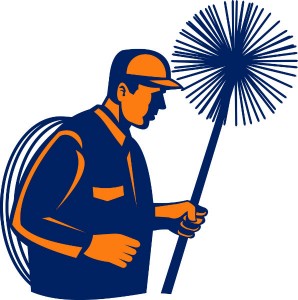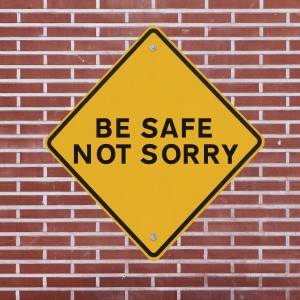Time to Reline Your Chimney?
Relining Your Chimney
Behind-the-scenes players don’t always get their due praise, and that’s definitely true when it comes to chimney systems. Aside of the very top of the chimney, you don’t really see your flue liner, but it’s by far one of the most important parts of your chimney system, contributing both to improved safety and improved performance.
When we get service calls for drafting problems, often enough the culprit is the chimney liner. And that’s just one of the problems that comes up with a chimney liner isn’t able to do its job.
The Quick Version Of Why Your Chimney Liner Is So Important:
The chimney liner helps insulate the internal workings of your chimney structure — and the combustible materials behind the chimney — from the high heat produced in your firebox. The more heat that gets to those materials, the more chance you have of wood drying out and potentially catching fire. With a strong liner providing a buffer, you’re drastically reducing that possibility.
Your liner also creates a smooth, smoke-tight surface that encourages proper draft. A craggy surface impedes flow, and gaps and cracks act like a split in a drinking straw — no matter how much upward draft you apply, the performance just isn’t there.
A flue that isn’t sized correctly to vent the appliance it’s attached to won’t work correctly either — appliances are made to work with a specifically sized flue. One that’s too small won’t allow the proper draft, and one that’s too big can lead to more smoke and more creosote.
So, when your liner is damaged or isn’t properly doing its job, your chimney system’s performance and safety suffer, in a big way.
Why You Might Reline Your Chimney
When Jack Pixley Chimney technicians recommend relining your chimney, it’s usually for one of these reasons:
– Your clay tile liner has cracks or gaps that are affecting your chimney’s ability to draft properly, and creating a potential fire hazard.
– You’ve had or are having a new appliance installed that makes it necessary for your flue to be resized, by installing a new stainless steel liner.
– Your historic fireplace doesn’t have a liner at all, leaving your chimney system performing poorly (and seriously unsafe).
If you’re having draft or smoking issues, or other performance problems with your chimney system, call Jack Pixley Sweeps. We can inspect your system. and see if a relining — or another kind of repair — will fix the issue!


